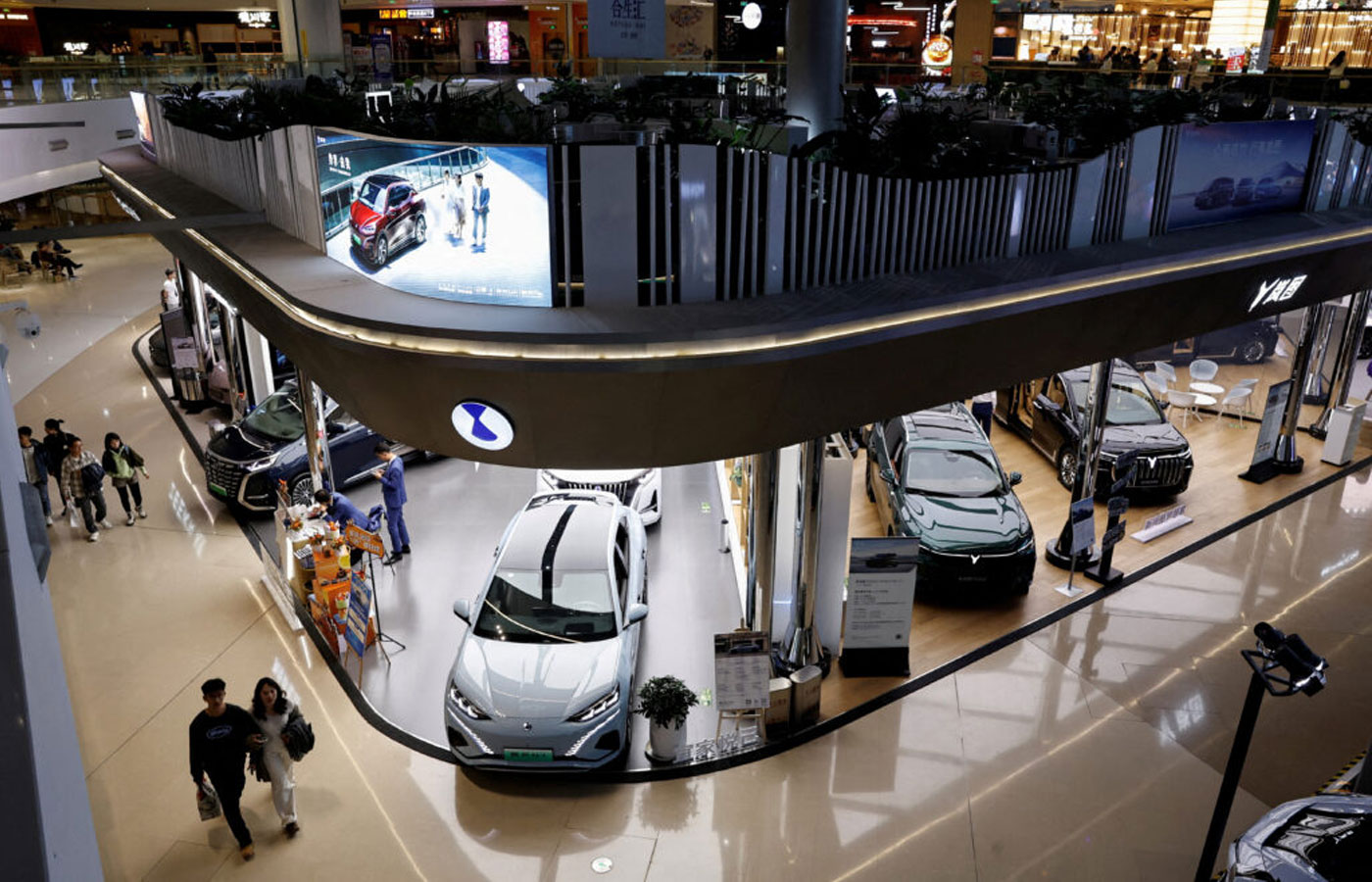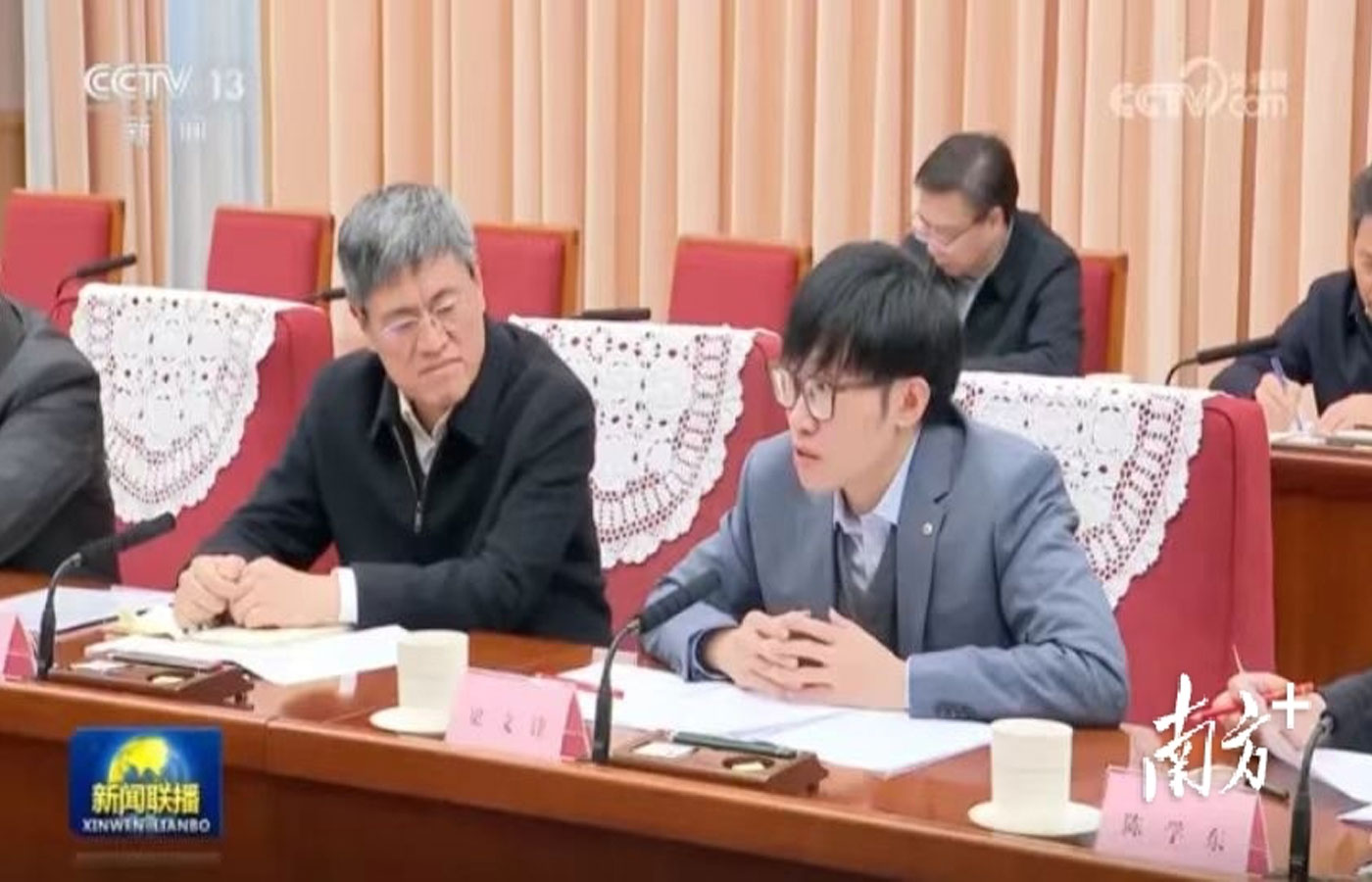The AI and green technology revolutions have generated economic disruptions, with the potential to reshape economies, with a new set of winners and losers. The fiercest battlefield may be in Asia, given its central place in the world economy and geopolitical competition.
Among the green tech sectors, three are leading the way — solar, wind and electric vehicles (EVs). Four-wheel EVs are a growing battlefield for competing industrial and environmental policies. Across Asia, new EV factories are being built and incentives rolled out to go renewable and electric. The rise of EVs is enabling emerging Asian economies has seen emerging economies to forge ahead of developed economies in the adoption of this new transport technology.
China has been the clear first mover. In 2023, 36 per cent of new cars sold in China were EVs. China then represented 57 per cent of global EV sales. Chinese EV manufacturers are on track to produce up to 36 million EVs per year by 2025.
The Chinese market is leading this technological disruption. As domestic EVs rise, the market share of foreign brands that are slow to turn to EVs has fallen. In 2021–2022, Ford’s Chinese sales declined by 34 per cent, Nissan’s by 25 per cent, Hyundai and General Motors by 21 per cent, Honda by 12 per cent and Volkswagen by 6 per cent. Meanwhile, Tesla’s sales went up 37 per cent and BYD’s sales by 84 per cent.
Chinese automobile exports surpassed Japanese exports in 2023 for the first time, largely driven by an 80 per cent surge in ‘New Energy Vehicle’ exports.
Chinese auto firms now dominate new factory investments across Southeast Asia, except in Vietnam. Beijing’s dominance of lithium processing and cheap battery production has led to Southeast Asian dependence on Chinese markets for these materials. Emerging economies are investing rapidly in this sector to hasten their own development strategies. They are exploiting late-developer advantage, supplemented with targeted subsidies and incentives.
In Southeast Asia, Thailand leads. EVs constituted 10 per cent of all Thai automobile sales in 2023. As of 2024, Thailand has an estimated production capacity of 350,000 vehicles per year — entirely supported by seven Chinese automakers. The short-term outcome has been a surge in Chinese EVs in Thailand and the partial displacement of dominant Japanese makers. Toyota, Honda and even Tesla are now reacting and planning future capacity in Thailand.
Bangkok’s commitment and fiscal policies have spurred EV development. Thailand has implemented an eight-year corporate tax holiday for EV projects, a 40 per cent reduction on import duties, an excise tax cut from 8 to 2 per cent and subsidies for eligible EVs.
Indonesia is following a competitive strategy. It boasts three EV factories, with a predicted production capacity of 270,000 vehicles by 2026. Domestic EV sales reached a 1.7 per cent market share in 2023. As sales have been constrained by EV prices and limited charging stations, Indonesia has introduced further tax incentives for imports of completely built-up EVs.
Vietnam has a production capacity of 350,000 EVs — 250,000 at Vietnam-based Vinfast and 100,000 in a Hyundai factory. Vietnam aims to develop its market and production through policies including a reduction in excise duties on battery EVs and a US$1000 incentive for EV purchases.
India is making massive investments into EVs, led by its national brand Tata Motors, which has a production capacity of 300,000 EVs per annum. Under the Faster Adoption and Manufacturing of Hybrid and Electric Vehicles scheme, the Indian government provides subsidies for EV and hybrid purchases. The Production-Linked Incentive scheme and recent price cuts in domestic EV prices ahead of Tesla’s entry into the Indian market underscore India’s ambition to enhance domestic EV manufacturing.
Established economies in the region — Japan, South Korea and Taiwan — have chosen different transitions to EVs. Large automobile firms are seeking to balance their huge investments and client bases in internal combustion engine cars and hybrids with investment in EVs.
Japan has a very limited EV production capacity. EV sales constituted only 2.2 per cent of the market share in 2023. EV imports are growing, but remain limited. Toyota plans large investments but without disturbing its hybrid dominance.
South Korea is more active, with an EV production capacity of approximately 350,000 by 2025 and sales of nearly 120,000 in 2022. Strong government-led incentives since 2011 have allowed South Korean automakers to keep up with the EV industry. Subsidies favouring local producers provide EV consumers with up to 6.8 million won (US$5,400). EV suppliers also benefit from tax credits totalling 35 per cent.
The competition over EVs has accelerated the contest over critical minerals, particularly nickel, cobalt and lithium. Indonesia imposed an export ban on nickel in 2020 as part of a ‘downstreaming strategy’ to create more domestic value-added processing. The outcome has been largescale Chinese investment into Indonesian nickel processing and an increasingly dominant position market share for Indonesia, which now makes up over 50 per cent of world production.
EV production is a classic example of market disruption around the introduction and diffusion of a new technology. The EV industry offers a chance for aggressive and innovative entrants from newly industrialised economies to displace dominant players in the old technology. This will be a bumpy road and the nascent industry is likely to face protectionist responses in advanced economies.
Mei Terasawa is a Research Assistant in the Centre for Japanese Research at the University of British Columbia.
Yves Tiberghien is Professor of Political Science at the University of British Columbia, a Harvard Academy Scholar and Visiting Professor at the Taipei School of Economics and Political Science.
This article was originally published in East Asia Forum










